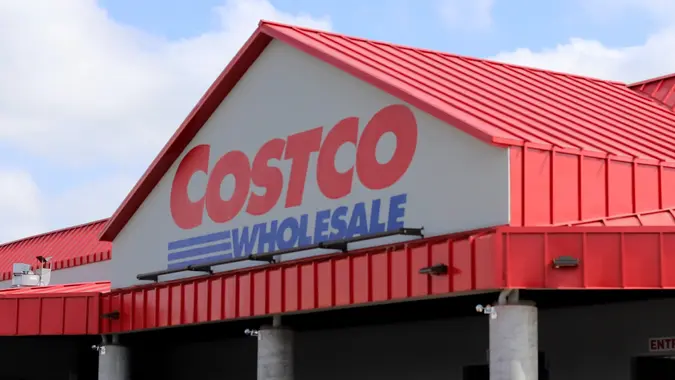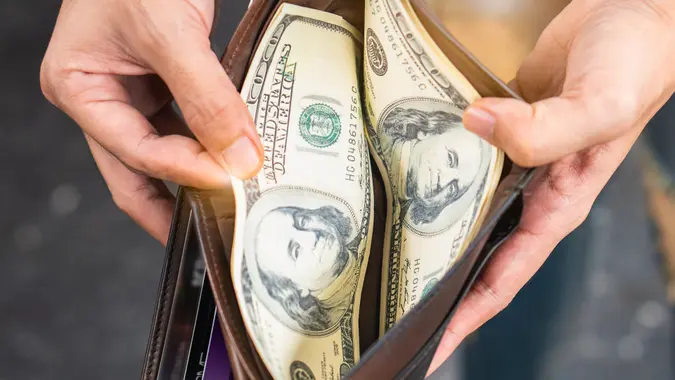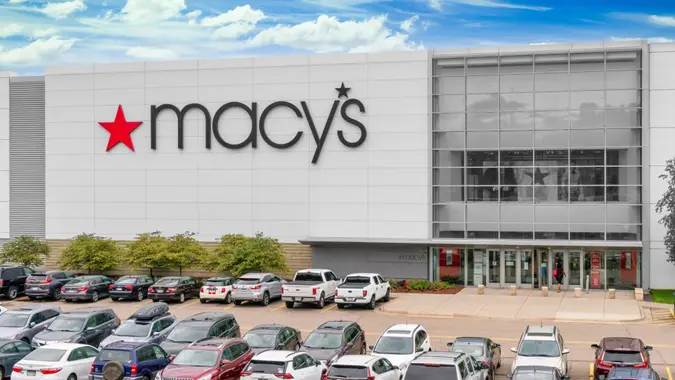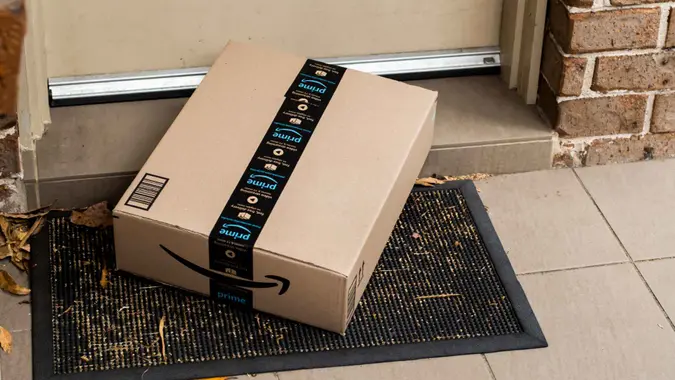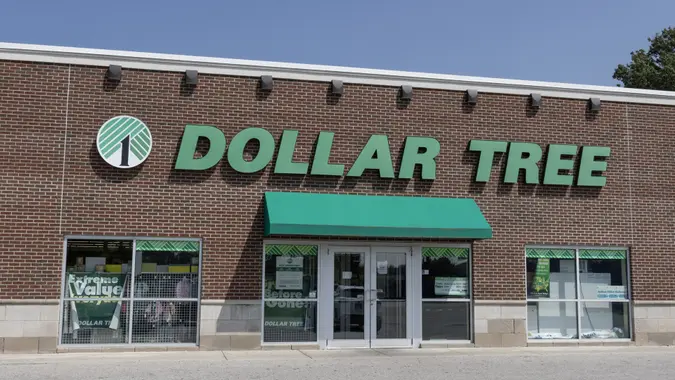How ‘Cash Stuffing’ and Other Budget Tricks Are Making a Comeback Due to Inflation

Commitment to Our Readers
GOBankingRates' editorial team is committed to bringing you unbiased reviews and information. We use data-driven methodologies to evaluate financial products and services - our reviews and ratings are not influenced by advertisers. You can read more about our editorial guidelines and our products and services review methodology.

20 Years
Helping You Live Richer

Reviewed
by Experts

Trusted by
Millions of Readers
Everything is expensive these days and it doesn’t seem like anything is getting cheaper. If you’re feeling the financial squeeze, you’re not alone.
According to Northwestern Mutual’s 2025 Planning & Progress Study, 51% of U.S. adults believe inflation will increase in 2025. Meanwhile, 65% of U.S. adults say that inflation is their top concern regarding factors that could impact their finances in 2025. It’s also the greatest obstacle to achieving financial security, according to 44% of U.S. adults.
With inflation worries running high, more Americans are budgeting. Here is a key metric according to WalletHub’s latest budgeting statistics:
- Roughly 81% of people aged 59 or older are struggling with increasing costs and more than half of people across all age groups say unexpected expenses throw off their budgeting efforts.
Inflation Remains Persistent
Inflation has been a constant theme since the onset of the COVID-19 pandemic five years ago and that hasn’t really changed.
According to the U.S. Bureau of Labor Statistics, overall inflation as of February 2025 hovers around 2.8%. However, inflation for all items less food and energy is around 3.1%. These figures are above the Federal Reserve’s inflation target of 2%.
Stubborn inflation can lead to budgeting shortfalls and different age groups are dealing with them differently.
WalletHub reported that most people are covering budget shortfalls by taking money out of their savings accounts, including 68% of 18 to 29 years olds and 73% of those aged 59 or older. Meanwhile, using credit cards is the most popular method to contend with rising costs among 34% of 30 to 44 year olds.
If you’re short on cash, rather than empty your savings account or go into credit card debt, you can try cash stuffing or some other common budgeting methods to get ahead.
What Is Cash Stuffing?
GOBankingRates explained that “cash stuffing” is a budgeting method that requires separating your cash into various spending categories. Essentially, you put cash in different envelopes for different purposes. By doing so, you create spending categories such as money for groceries, dining out, travel, gas and more.
Here are four key steps to implement the cash-stuffing budgeting method:
- Determine your budget
- Label each envelope
- Stuff each envelope with the appropriate amount of cash
- Spend the cash on the appropriate category
Other Budgeting Methods To Try
Here are some other common budgeting methods to try so you can fight inflation, as per GOBankingRates.
The 50/30/20 Method
The 50/30/20 budget method emphasizes paying for necessities first, but also saving for extra expenses and contributing to your savings. Be sure to divide up your after-tax income into these three spending categories: needs (50%), wants (30%) and savings (20%).
The Pay Yourself First Method
The basis of this budgeting method is to keep spending to a minimum and make savings your ultimate priority. It works like this: put money towards categories like savings, retirement and paying down debt before other expenses such as utilities, clothes or entertainment. This method is a good choice for those who may also struggle with overspending.
Zero Based Budgeting
With zero-based budgeting, you’re accounting for every dollar of your income. For example, if you earn $7,000 per month, all of your combined spending and savings each month should equal $7,000.
More From GOBankingRates
 Written by
Written by  Edited by
Edited by 











